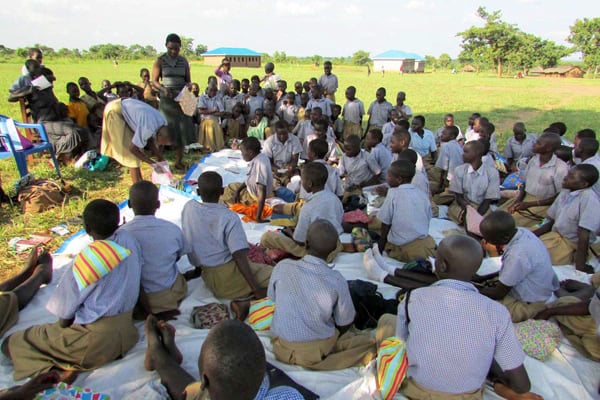Prime
Save the girl child

What you need to know:
- Many parents argue that their daughters’ role is to manage the household, and due to the extreme poverty prevalent in the region, girls are often married off at a tender age to secure a bride price that can help sustain their families.
Visit eastern Uganda, and you will be met with a heart-wrenching reality, a significant number of children are raising children of their own. These young parents have been thrust into adulthood prematurely, either due to early marriages or the absence of fathers, leaving them to navigate the challenging path of parenthood on their own.
According to Unicef, Uganda bears the unfortunate distinction of having the highest teenage pregnancy rate in East Africa, with 25 percent of teenage girls becoming pregnant before the age of 18.
This crisis is particularly acute in areas such as Budaka, Busoga, Busia, and Pallisa, where approximately a quarter of teenage girls face the discouraging prospect of motherhood before they even reach adulthood.
This statistic is merely the tip of the iceberg, shedding light on the dire circumstances that the girl child in eastern Uganda endures.
The region is trapped in a web of social and economic challenges aggravated by deeply ingrained cultural norms and the insistent forces of urbanisation. Culturally, the concept of educating the girl child remains an ideal rather than a reality in certain parts of eastern Uganda.
Many parents argue that their daughters’ role is to manage the household, and due to the extreme poverty prevalent in the region, girls are often married off at a tender age to secure a bride price that can help sustain their families.
For the fortunate young girls who manage to attend school and receive an education, the burden of maintaining the home often overshadows their scholastic pursuits.
The pressing demands of daily life at home frequently leave them with limited time and energy to focus on their studies.
Furthermore, the burgeoning impact of urbanisation in these regions has brought about distractions in the form of new businesses, such as kiosks and bars, diverting many children from their educational aspirations.
Eastern Uganda faces the added challenge of unfavourable climatic conditions, including prolonged dry seasons and destructive heavy rains. These erratic weather patterns have had a profound impact on agriculture, the primary source of livelihood for the region. Women in these areas bear the responsibility of ensuring food security at home, but the changing climate has disrupted their ability to provide for their families. As a result, some women are subjected to gender-based violence by their husbands, further compounding the hardships they endure.
It is evident that the predicament of the girl child in eastern Uganda is multifaceted and deeply entrenched in social, cultural, economic, and environmental challenges.
Efforts to uplift the girl child in this region require a comprehensive approach, addressing issues ranging from education and economic empowerment to gender equality and environmental sustainability.
We urge the government and all CSO to join forces to protect and to support the eastern Uganda girl child.
Jemimah Babirye Kasibbo, [email protected]



